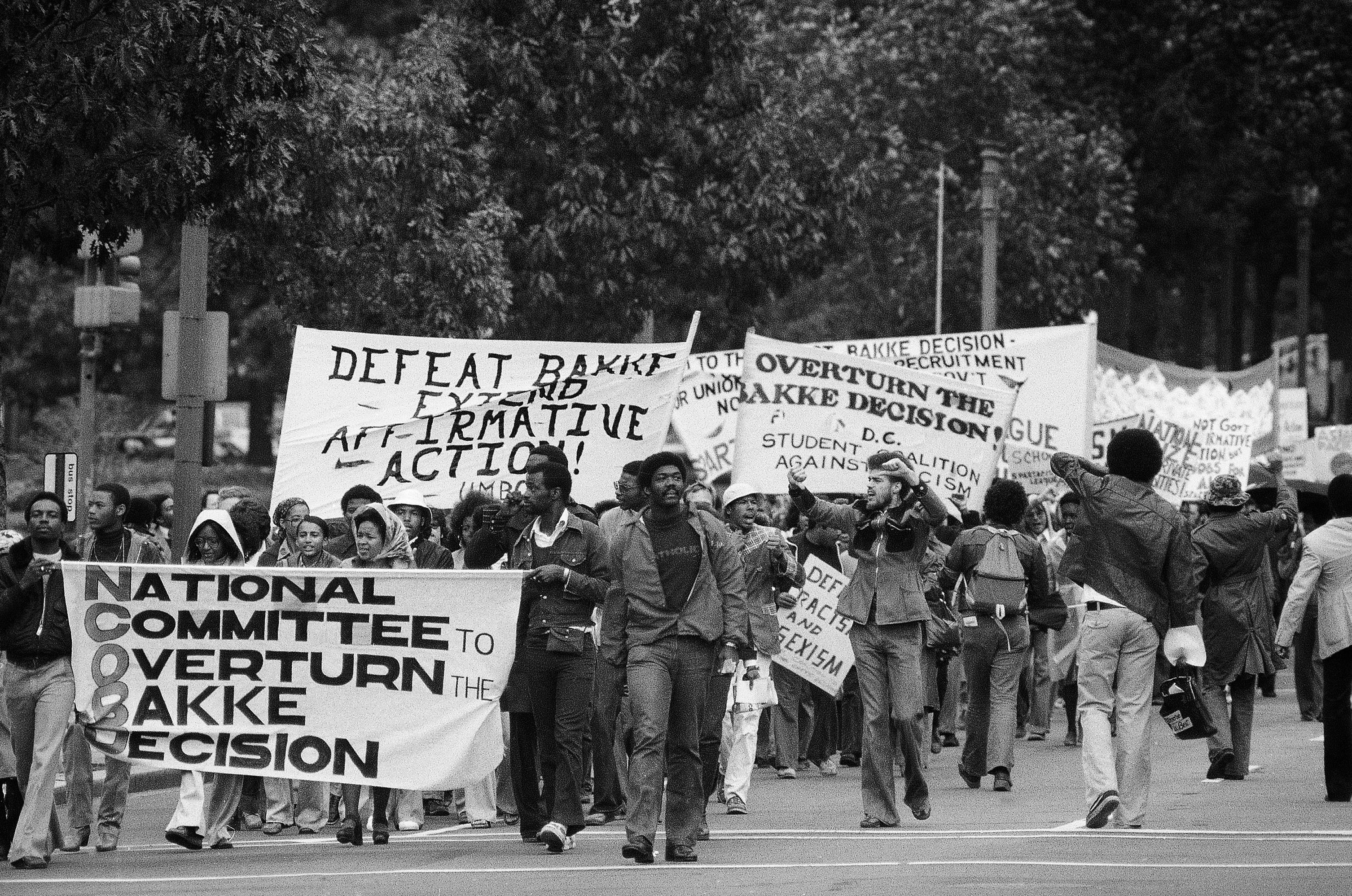This documentary was explained as the civil right movements grew in the 1960s, the long-dormant Ku Klux Klan reemerged with a vengeance. North Carolina was seen as the most progressive southern state, and they saw a boom in the membership of the Klan under leadership od Grand Dragon Bob Jones. In a fast three years, North Carolina grew to 10,000 members, which gave them a nickname, Klansville USA. That is where the documentary title came from.

I thought this was a very interesting and informative documentary about the Ku Klux Klan. It explored the origins of the Ku Klux Klan, its revival at various points in our country’s history, and how it came to dominate North Carolina in the 1960s. During this time, North Carolina was seen as the most liberal southern state. It was such a dominate force in that state for a period that North Carolina lost its reputation as the Tar Heel State. This documentary also focused on the leader of KKK, which was Bob Jones. It elaborated on his reasons behind his ability to organize his power.

Overall, I enjoyed watching this put together documentary narrated by Oliver Platt. There were vintage film clips, and insightful commentary. In my opinion it provided a good analysis on the KKK, and why this occurred in North Carolina with their given nickname of the Klansville USA.













